All Posts
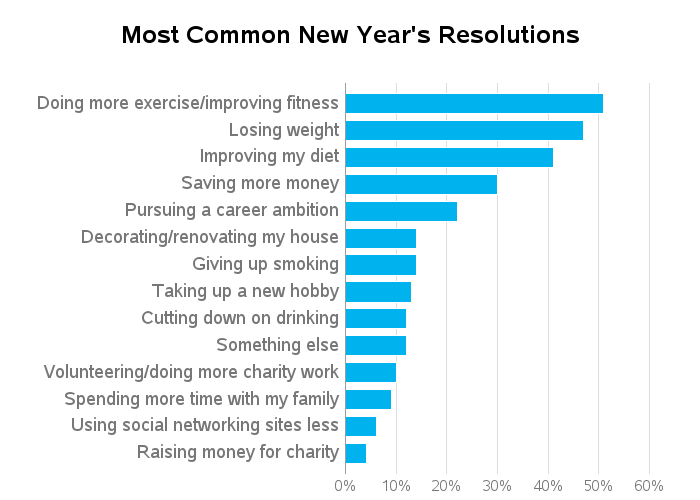
Can you guess the 5 most common New Year's resolutions? Compare your guesses to the survey results!... Being a data meister, I'm always on the lookout for seasonal data. I recently did a Web search for "new year's resolutions" and found an interesting article on the You Gov UK website.

Over the Christmas Holidays I saw an graph of agricultural exports to Russia in 2013. The part that caught my eye was the upper part of the graph, showing the breakdown of the trade with Russia as a horizontal stacked bar with custom labels. The value for each region / country
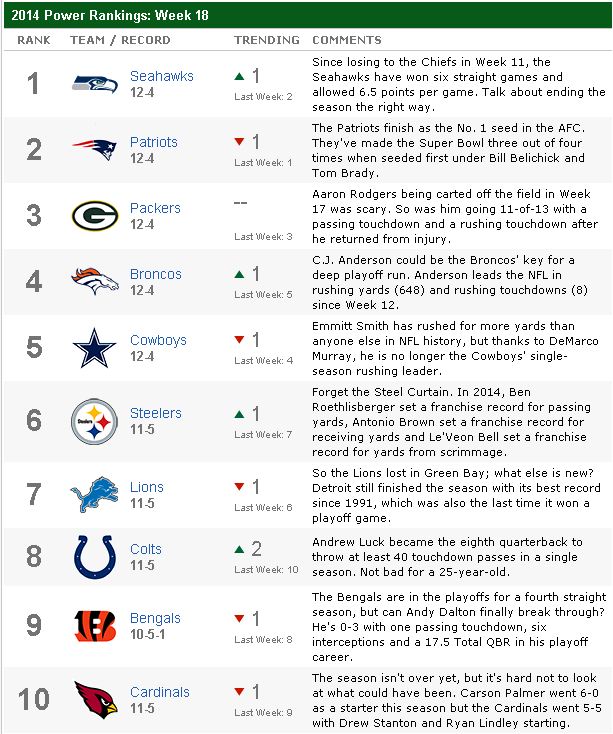
It is January. In the United States, this means NFL playoff time! A perfect time (if you are a geeky SAS/OR guy) to use PROC OPTGRAPH to rank the best teams in the NFL. Ranking Sports Teams Ranking of sports teams is a popular (and controversial) topic, especially in the
Since now is the time when we reflect on the past year and make resolutions for next year, in this post I reflect on my Data Roundtable posts from the past year and use them to offer a few New Year’s data resolutions for you and your organization to consider in

Los jóvenes emprendedores que quieren dominar el discurso de éxito en dos minutos necesitan: Describir una necesidad insatisfecha del mercado Explicar y demostrar cómo está calificado para satisfacer esa necesidad Tener o conseguir los fondos para invertir y poner a andar su negocio Describir planes definitivos que permitan la

I have participated in many discussions about master data management (MDM) being “just” about improving the quality of master data. Although master data management includes the discipline of data quality, it has a much broader scope. MDM introduces a new approach for managing data that isn't in scope of traditional data quality
The last three parts of our conversion blog (see all of the posts here) go hand-in-hand and require the most time on the project plan. Development - During development of the conversion routines, you may want to consider using error handling standards based on corporate standards. This is where data
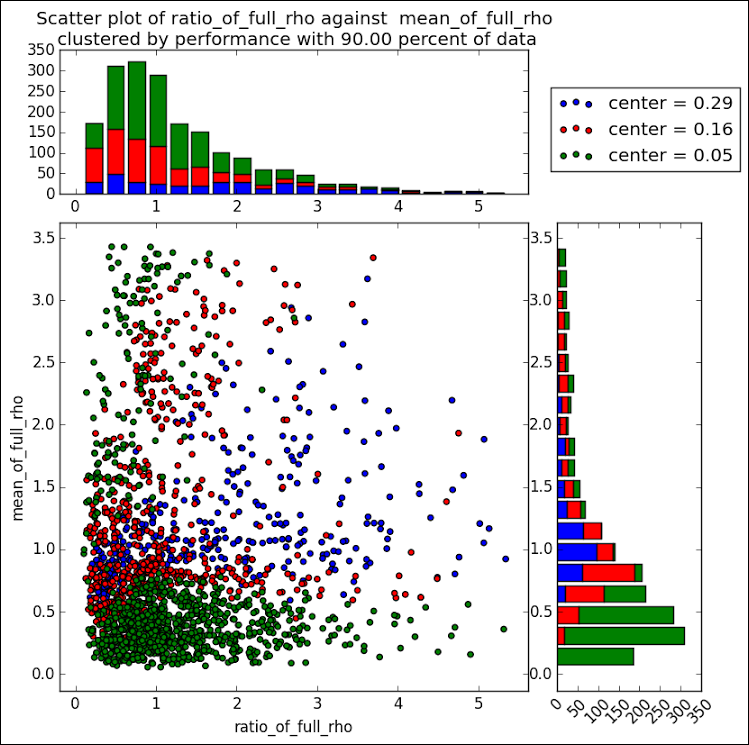
Last week a user expressed the need to create a graph like the one shown on the right using SAS. This seems eminently doable using GTL and I thought I would undertake making this graph using SAS 9.3. The source data required to create this graph is only the

In Part 1 of this blog series, I touched on the problems created by the underground economy, and framed the size and scope. But important questions remain about the types of businesses that are part of the underground economy, how they do it, and what the driving forces behind this
.@philsimon on the relationship between metadata and unstructured data.
Historically healthcare has been most ‘self’ motivated to improve its ‘cost containment’ processes and methods. This is evident from the significant gap that exists between the technology and process in finance versus healthcare. Many healthcare organizations (either government or commercial) are not ‘profit’ oriented – take the Blues for example,
As this is the week of Christmas, many, myself included, have Christmas songs stuck in their head. One of these jolly jingles is Santa Claus Is Coming To Town, which includes the line: “He knows if you’ve been bad or good, so be good for goodness sake!” The lyric is a
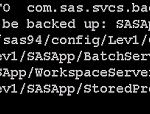
In researching material for an upcoming project, I investigated the SAS Deployment Backup and Recovery Tool available in SAS 9.4. Here are some of my findings on identifying what directories are included in a Backup and Recovery session and how to add custom directories to a backup configuration. The SAS

The physical and social costs of untreated mental illness are significant and have been discussed in detail in previous posts. Now let’s talk about the immense financial costs, then I’ll wrap up the series with a conclusion. The financial costs cover a broad cross-section of society, including government services and
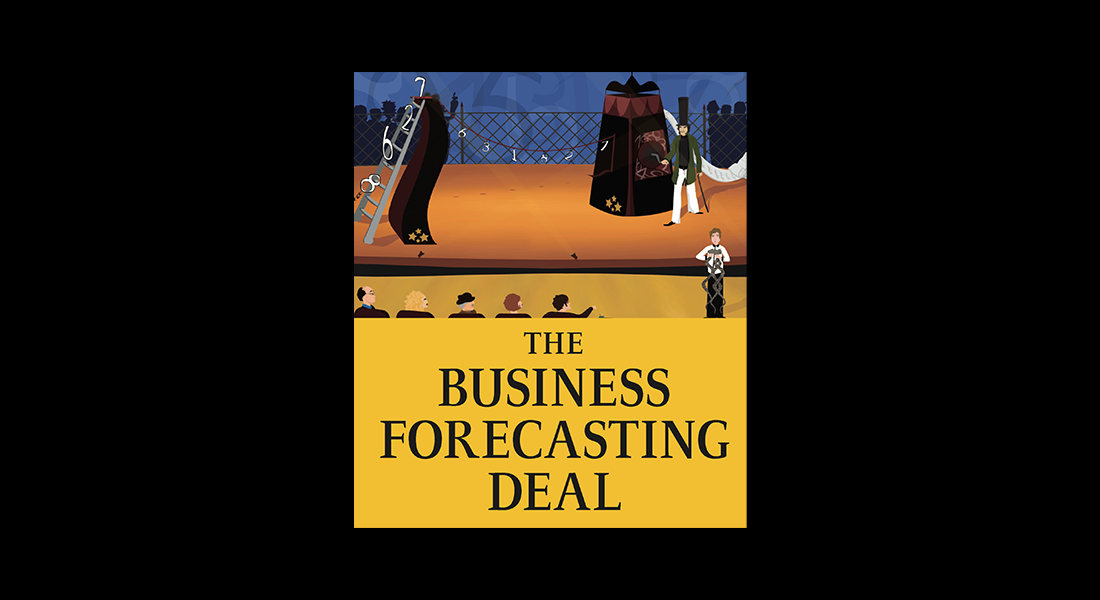
There are some things every company should know about the nature of its business. Yet many organizations don't know these fundamentals -- either because they are short on resources, or their resources don't have the analytical skills to do the work. The summer research projects offered by the Lancaster Centre for Forecasting,












